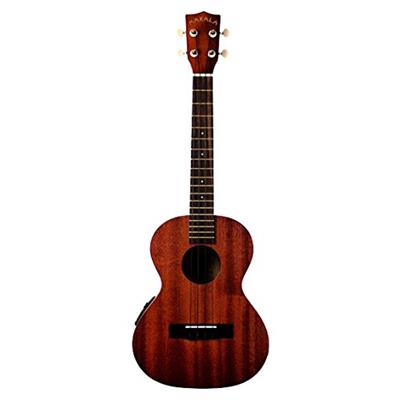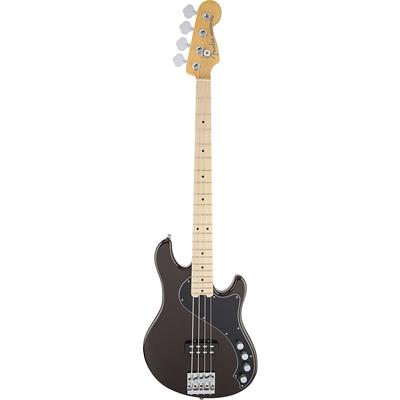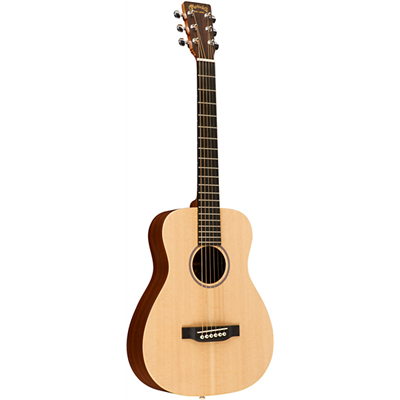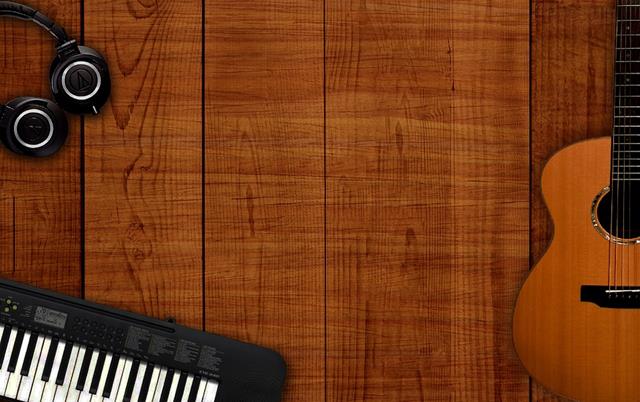MIDI controllers are versatile instruments that empower musicians and producers to shape and manipulate sound in various ways. When selecting a MIDI controller, you’ll encounter a range of options, each tailored to specific musical needs and preferences.
In this guide, I will explore the different types of MIDI controllers, considering key weighting, the presence of pads, and the number of keys, to help you make an informed choice for your musical journey.
Weighted And Unweighted Keys
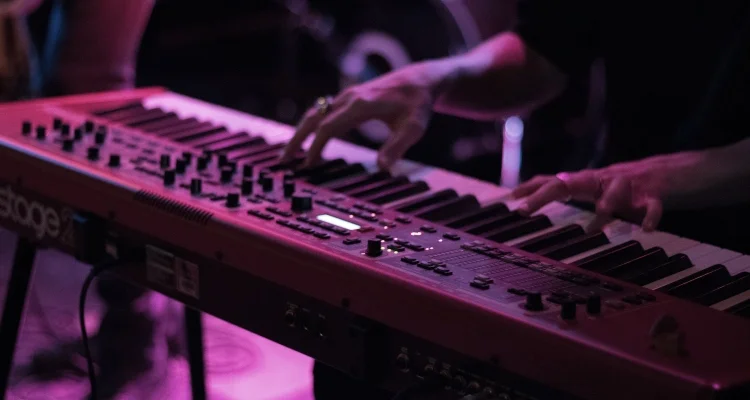
MIDI controllers with weighted keys closely replicate the feel of traditional acoustic pianos. These keys provide resistance when pressed, offering a dynamic and expressive playing experience. Weighted keys are favored by pianists and musicians who require precision and control over dynamics in their performances. They are well-suited for playing classical compositions and genres where a piano-like touch is essential.
MIDI controllers with unweighted keys, also known as synth-action keys, have lighter and springier keys. They are more responsive and offer quick key reactions, making them perfect for synthesizer enthusiasts and electronic music producers. Unweighted keys make it easy for musicians to create leads, basslines, and electronic textures quickly.
With or Without Pads
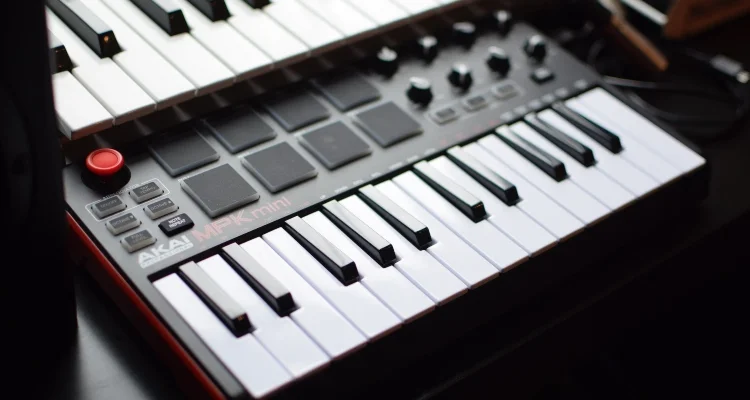
MIDI controllers with pads are very useful. The pads can make drum sounds, samples, loops, and control things in software instruments and digital audio workstations. People who make beats, and electronic music, and perform live need pad controllers to make rhythm patterns and add expression to their music.
Some MIDI controllers focus solely on keyboard keys and do not include pads. These controllers are designed for musicians who prioritize traditional keyboard playing and may not require the additional functionality of pads. They are often chosen by pianists and musicians who work extensively with software synthesizers and virtual instruments.
Number Of Keys
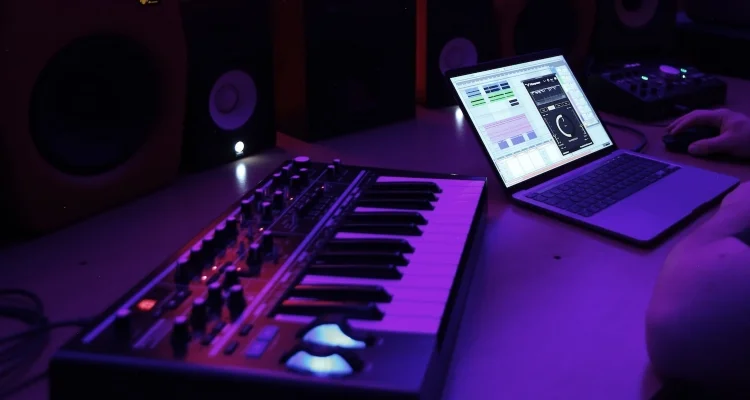
Number of keys on a MIDI controller is another crucial factor that determines its suitability for different musical contexts. Here are some common configurations:
25 Keys
25 key MIDI controllers are compact and highly portable. They are perfect for musicians on the go or those with limited studio space. These controllers are great for sketching out musical ideas, playing basic melodies, and working in tight quarters.
49 Keys
Controllers with 49 keys strike a balance between portability and versatility. They offer more playing range than 25-key models, making them suitable for a broader range of musical styles and compositions.
61 Keys
MIDI controllers with 61 keys are great for musicians who need to play long melodies and harmonies. They are very flexible and easy to use for different playing styles. Many musicians like to use them because they can play a wide range of notes.
88 Keys
88 key MIDI controllers are perfect for pianists and musicians who need all the traditional piano keys. They provide an entire range of musical notes, making them ideal for playing complex classical compositions and expressing dynamics with great precision.
Conclusion
Choosing the perfect MIDI controller is crucial for boosting your musical creativity and performance. Whether you like weighted or unweighted keys, need pads for extra versatility, or require a specific number of keys to match your playing style, there’s a MIDI controller designed just for you. By taking these factors into account, you can make a well-informed decision and start a musical journey that aligns with your individual preferences and goals.

